There are many differences between PCC and RCC. PCC stands for Plain Cement Concrete, while RCC stands for Reinforced Cement Concrete. The major difference between PCC and RCC is that PCC does not contain steel, whereas RCC contains steel. In this article, we will discuss the differences between PCC and RCC concrete and their uses in construction.
what is pCC ?
PCC stands for Plain Cement Concrete and Plain Concrete. It is made from a mixture of cement, sand, and crushed stones. Chemicals are also used in it. PCC concrete is always used as a base before constructing any structure to prevent significant damage from water seepage coming from the ground. It is mainly used in high flood areas and structures where there is a risk of damage due to water. PCC cement does not contain steel.
Benefits of PCC (Plain Cement Concrete)
Strong and Stable Base: Provides a solid foundation for structures.
Water Seepage Prevention: Protects structures from water damage and erosion by preventing seepage from the ground.
Cost-Effective: Economical compared to other construction materials.
Easy to Work With: Simplifies construction processes due to its straightforward mixing and application.
Low Maintenance: Requires less maintenance over time, reducing long-term costs.
Weather Resistance: Withstands weathering and harsh environmental conditions.
Chemical Resistance: Resists chemical attacks, ensuring longevity.
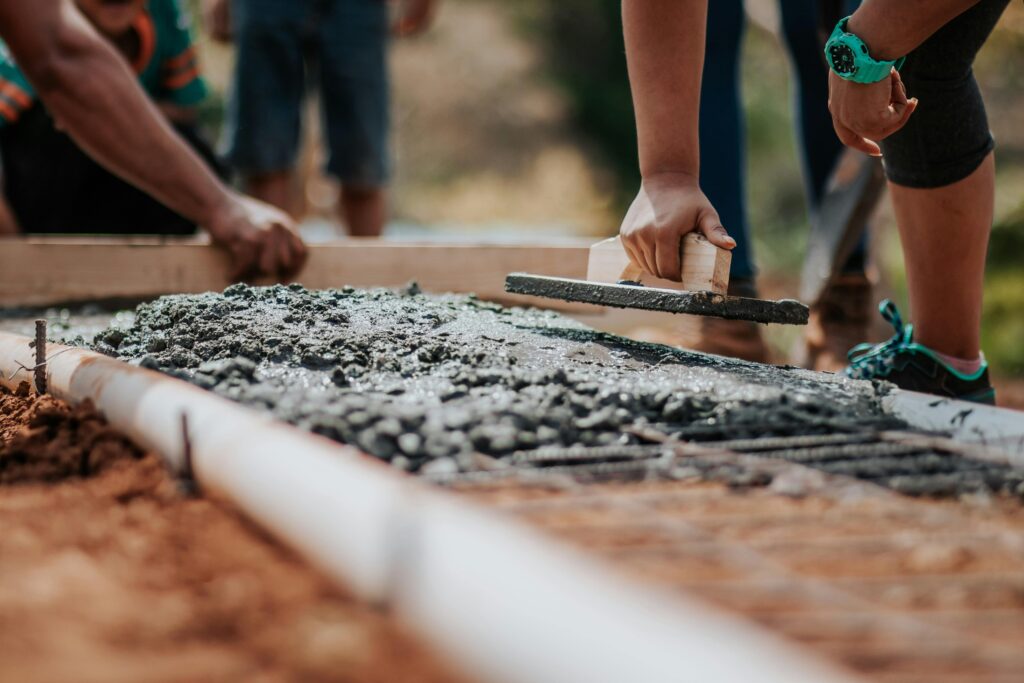
what is RCC ?
RCC, or Reinforced Cement Concrete, is a composite material that combines concrete with steel reinforcement to enhance its strength and durability. The concrete provides compressive strength, while the embedded steel reinforcement, typically in the form of bars or mesh, offers tensile strength. This combination allows RCC to withstand various stresses and loads, making it ideal for structural applications such as beams, columns, slabs, and foundations. RCC is widely used in constructing buildings, bridges, and other infrastructure projects due to its ability to handle heavy loads and resist cracking. Its versatility, robustness, and ability to be molded into different shapes make RCC a preferred choice in modern construction.
Differences Between PCC and RCC
| Aspect | PCC (Plain Cement Concrete) | RCC (Reinforced Cement Concrete) |
|---|---|---|
| Composition | Cement, sand, crushed stones | Cement, sand, crushed stones, steel |
| Reinforcement | No steel reinforcement | Contains steel reinforcement |
| Tensile Strength | Low tensile strength | High tensile strength |
| Usage | Base layer, non-structural elements | Structural elements (beams, columns) |
| Flexibility | Less flexible, prone to cracking | More flexible, resists cracking |
| Load-Bearing Capacity | Limited load-bearing capacity | High load-bearing capacity |
| Durability | Less durable under tensile stress | Highly durable under various stresses |
| Cost | Generally more cost-effective | Higher cost due to steel reinforcement |
| Construction Time | Faster construction time | Longer construction time |
| Applications | Pavements, flooring, simple foundations | Buildings, bridges, complex structures |
This table highlights the key differences between PCC and RCC, emphasizing their composition, properties, and typical uses in construction.
conclusion
In conclusion, PCC and RCC are essential materials in construction, each serving distinct purposes. PCC, made from cement, sand, and crushed stones, is cost-effective and suitable for non-structural applications like pavements and simple foundations. In contrast, RCC combines concrete with steel reinforcement, offering superior strength and flexibility, making it ideal for structural elements such as beams, columns, and bridges. Understanding the differences between PCC and RCC helps in selecting the appropriate material for specific construction needs, ensuring durability, cost efficiency, and structural integrity.
Which is better, PCC or RCC?
RCC is better for structural applications due to its high strength and durability, while PCC is suitable for non-structural purposes and cost-effective base layers.
Why is PCC required before RCC?
PCC is required before RCC to provide a stable, leveled base and prevent water seepage, enhancing the durability of the RCC structure.
What is PCC and what is RCC?
PCC (Plain Cement Concrete) is a mixture of cement, sand, and crushed stones without reinforcement. RCC (Reinforced Cement Concrete) combines concrete with steel reinforcement.
Where is PCC used?
PCC is used in pavements, flooring, simple foundations, and as a base layer to provide stability and prevent water damage.

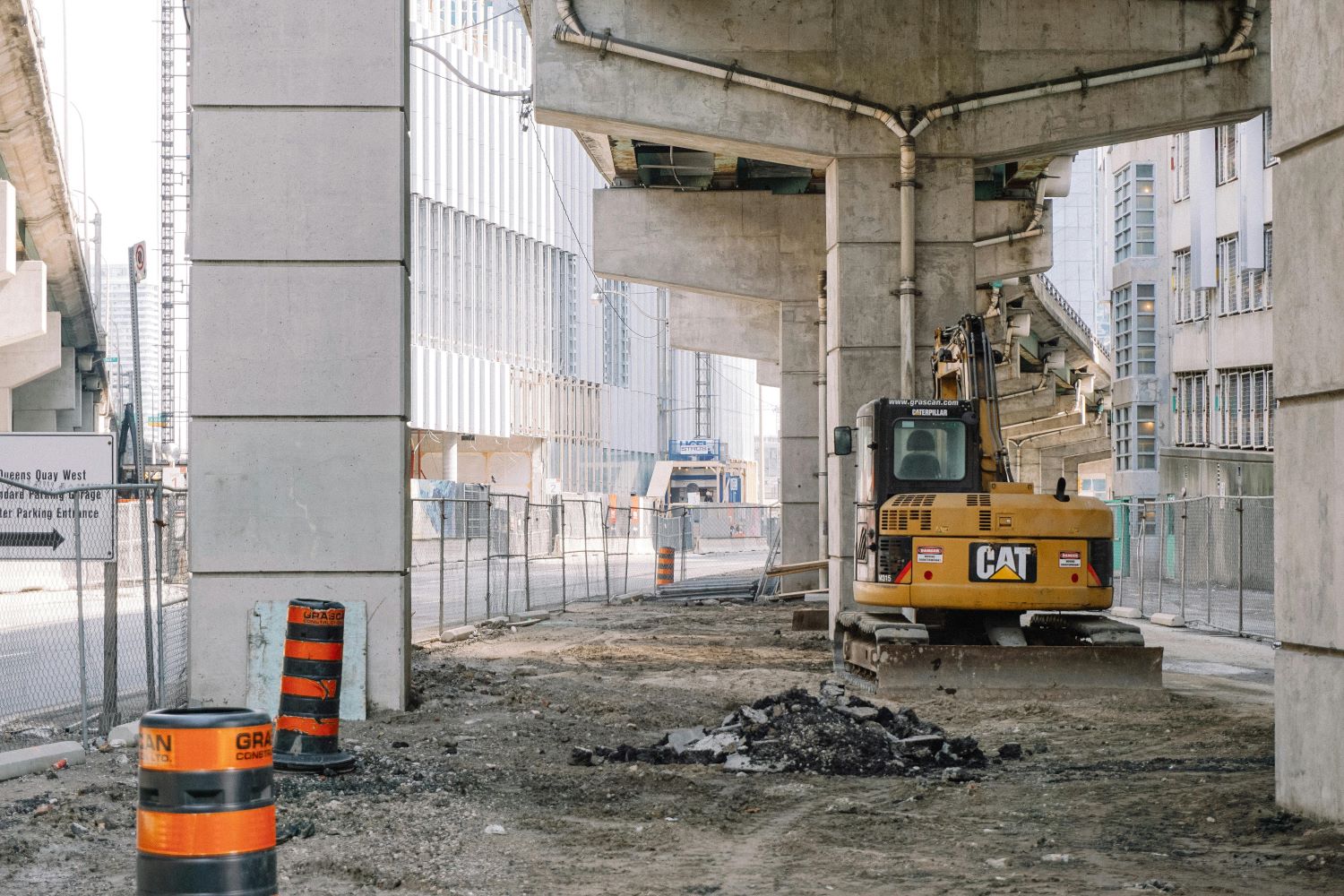
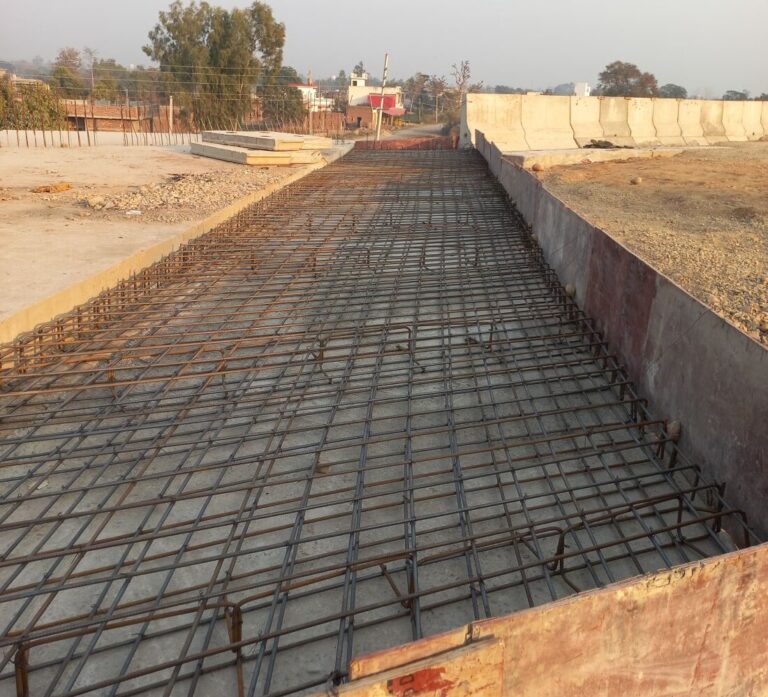
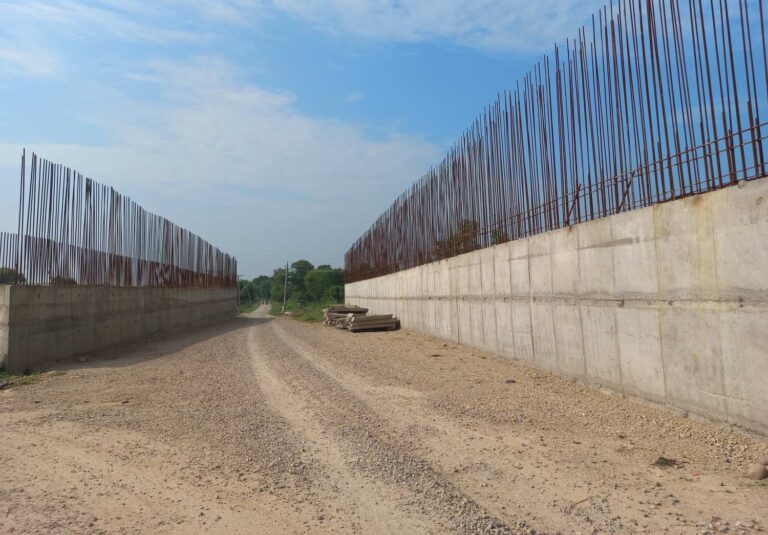
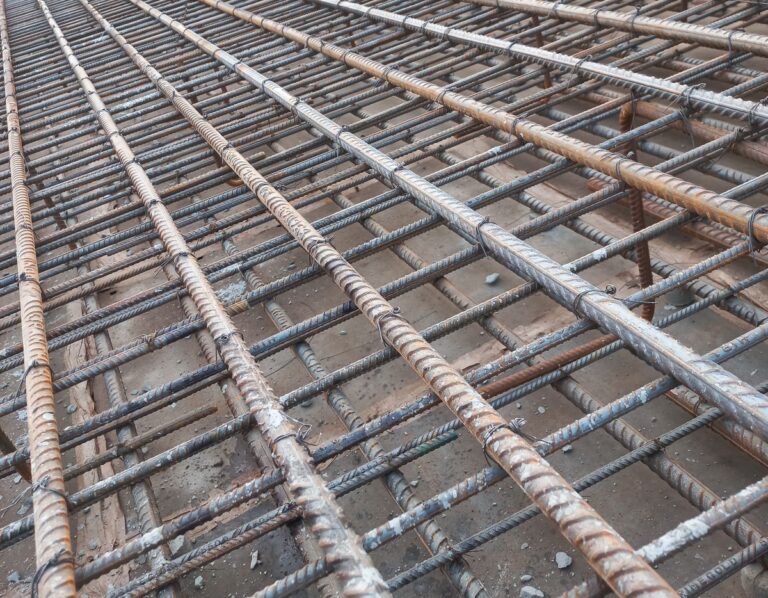




[…] water. There is no use of steel in Plain Cement Concrete. It is used at the ground level of every structure where there is a probability of water seepage and damage to the structure due to water and […]